iPhone 13 Pro
The iPhone 13 Pro isn’t a major change to the Apple formula, but it brings with it a few upgrades that may peak your interest, such as a smooth 120Hz display and, Apple claims, better battery life than previous iPhone models.
There are also photography and video upgrades, and a new 1TB-storage variant. The changes from the iPhone 12 Pro are negligible, but if you own an iPhone 11 Pro, iPhone XS or earlier the iPhone 13 Pro makes a compelling case for being your next handset.
We’ve yet to use the iPhone 13 Pro for an extended amount of time, but our full review of the phone is in progress, and we’ll be bringing you our comprehensive verdict in the coming days.
- Read our hands on iPhone 13 review
- Read our hands on iPhone 13 Pro Max review
- Read our hands on iPhone 13 mini review
iPhone 13 Pro release date and price
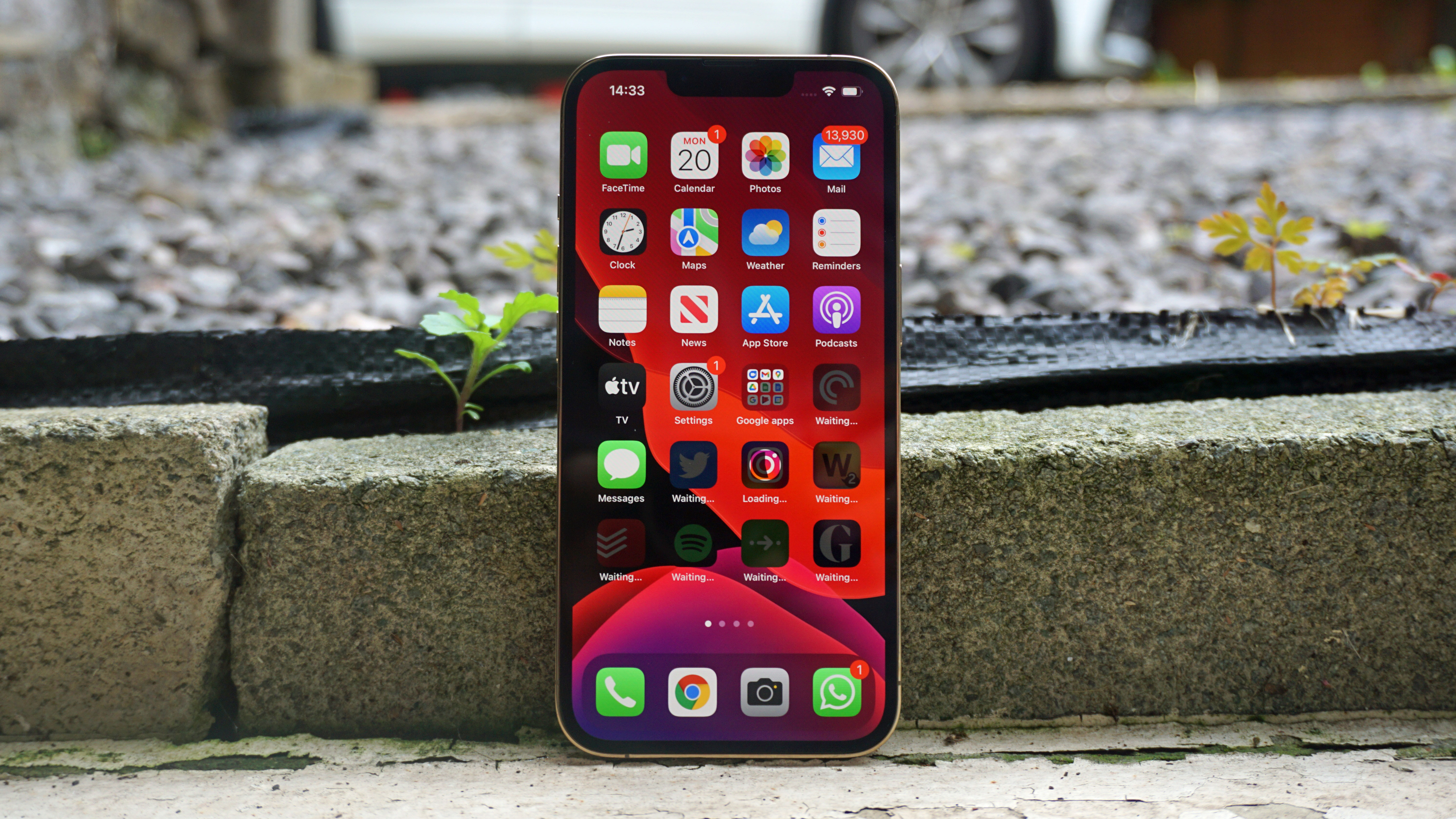
The iPhone 13 Pro was revealed on September 14, and you can pre-order the handset now from Apple, as well as from a variety of retailers and carriers. The iPhone 13 Pro release date is set for September 24, 2021.
The price starts at $999 / £949 / AU$1,699 for the cheapest model with 128GB of storage. If you need more storage you can choose from a 256GB model at $1,099 / £1,049 / AU$1,869, a 512GB model at $1,299 / £1,249 / AU$2,219 or the 1TB variant at $1,499 / £1,449 / AU$2,569.
This is the first time we’ve seen a 1TB iPhone, and that price is correspondingly high. If you want a slightly higher-specced phone with a larger screen and battery, there’s also the iPhone 13 Pro Max, which starts at $1,099 / £1,049 / AU$1,849.
Design and display
The iPhone 13 Pro is the company’s most premium device yet that doesn’t include a Max in the title, and unlike the iPhone 13 Pro Max this is a more appropriate size for one-handed use. If you’re looking for a new, mid-sized iPhone, this handset, or the iPhone 13, should suit you perfectly.
Apple’s design has been refined from the iPhone 12 Pro, but the differences are limited.
It comes with stainless steel edges, a matte finish on the rear and Apple’s Ceramic Shield glass on both sides. Apple says that protection makes it four times less likely to smash when compared to an iPhone without the technology.
In our time with the phone we’ve found the design to feel good in the hand; it has a touch more heft than the iPhone 13, which helps it to sit in our hand comfortably.
The iPhone 13 Pro and iPhone 13 are almost identical in size, but you can’t switch cases between the two as they have a slightly different rear camera housing.
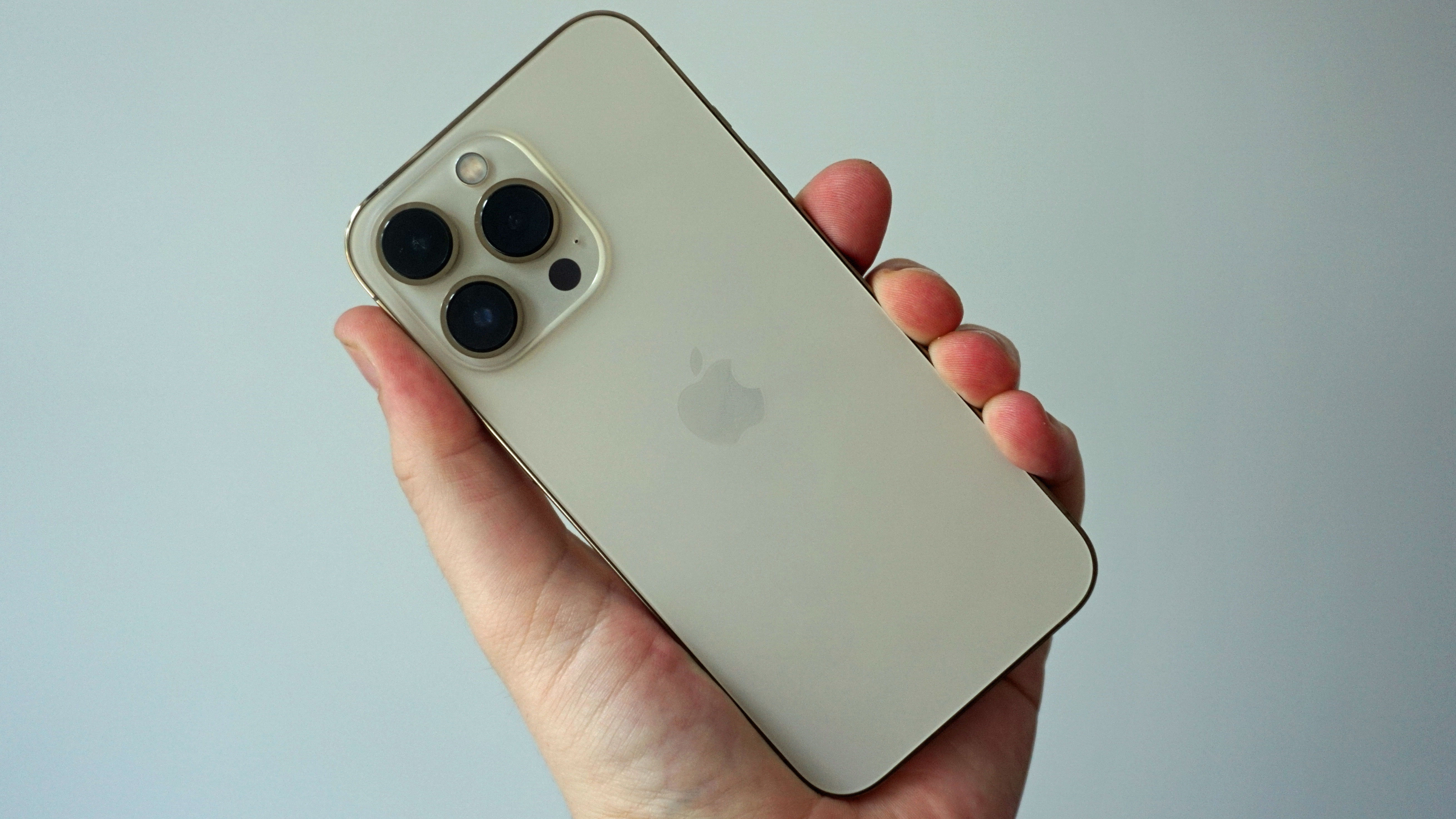
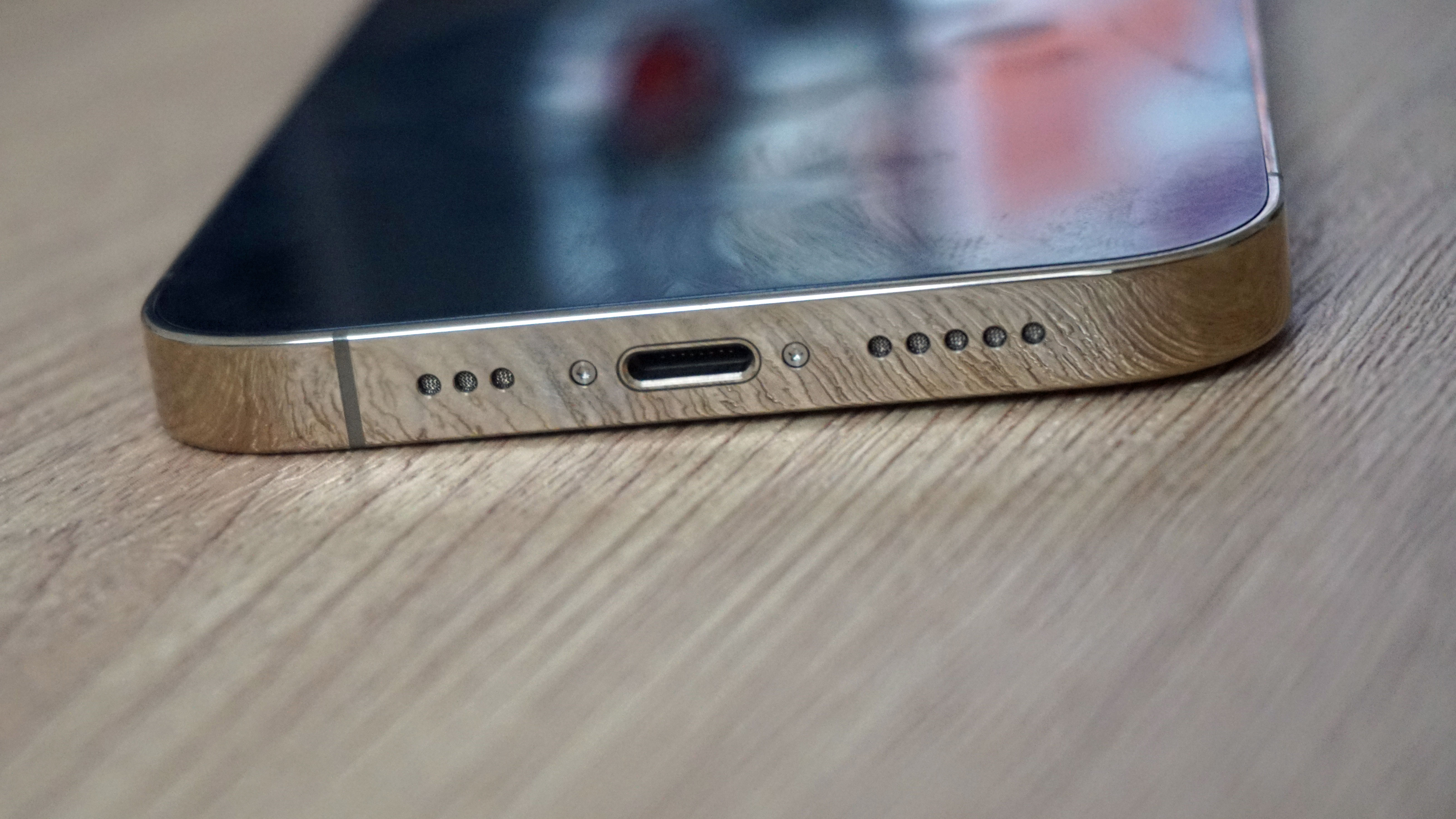
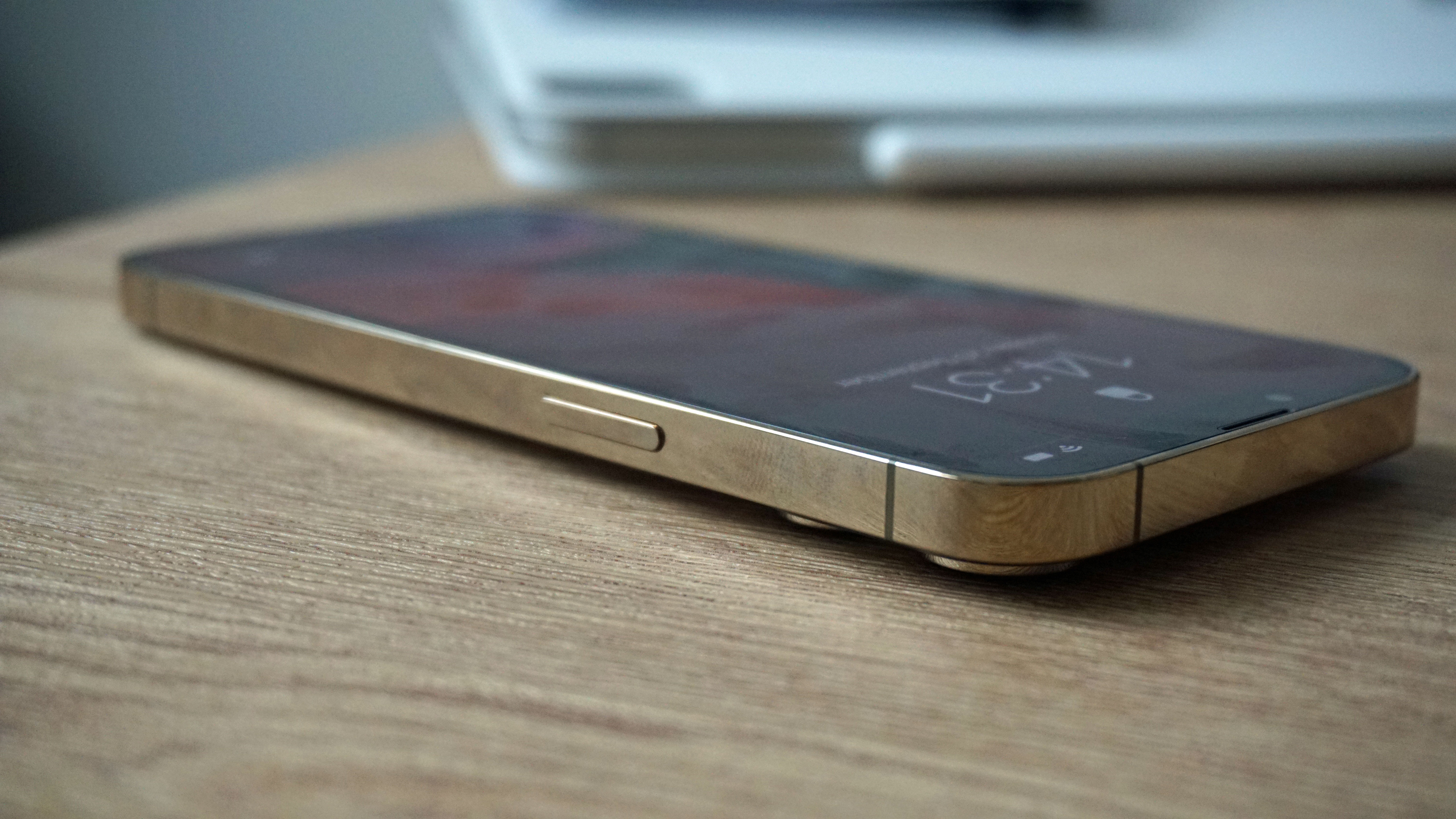
The rear camera array on the iPhone 13 Pro does protrude from the body quite a bit, which may be an issue for some – it’s especially noticeable when you lay the phone down on a surface.
The right-hand edge of the handset houses the power button, while the left-hand side is home to the mute slider, volume buttons and SIM tray. On the bottom edge of the handset are the speakers, and a Lightning port for charging.
Like the iPhone 13, the iPhone 13 Pro comes with a 6.1-inch Super Retina XDR OLED display. This features the best pixels-per-inch rating of the entire iPhone 13 range at 460ppi, and the picture quality looks crisp.
A significant upgrade from Apple here is the introduction of a 120Hz maximum refresh rate, which means the on-screen image refreshes 120 times a second for a more fluid experience than we’ve seen on previous iPhones; it’s most noticeable when you’re playing games or scrolling your social media feeds.
It’s a variable refresh rate, which is automatically adjusted depending on which apps you’re using. For example, most games will use a 120Hz refresh rate, while if you’re reading an ebook the rate could drop as low as 1Hz.
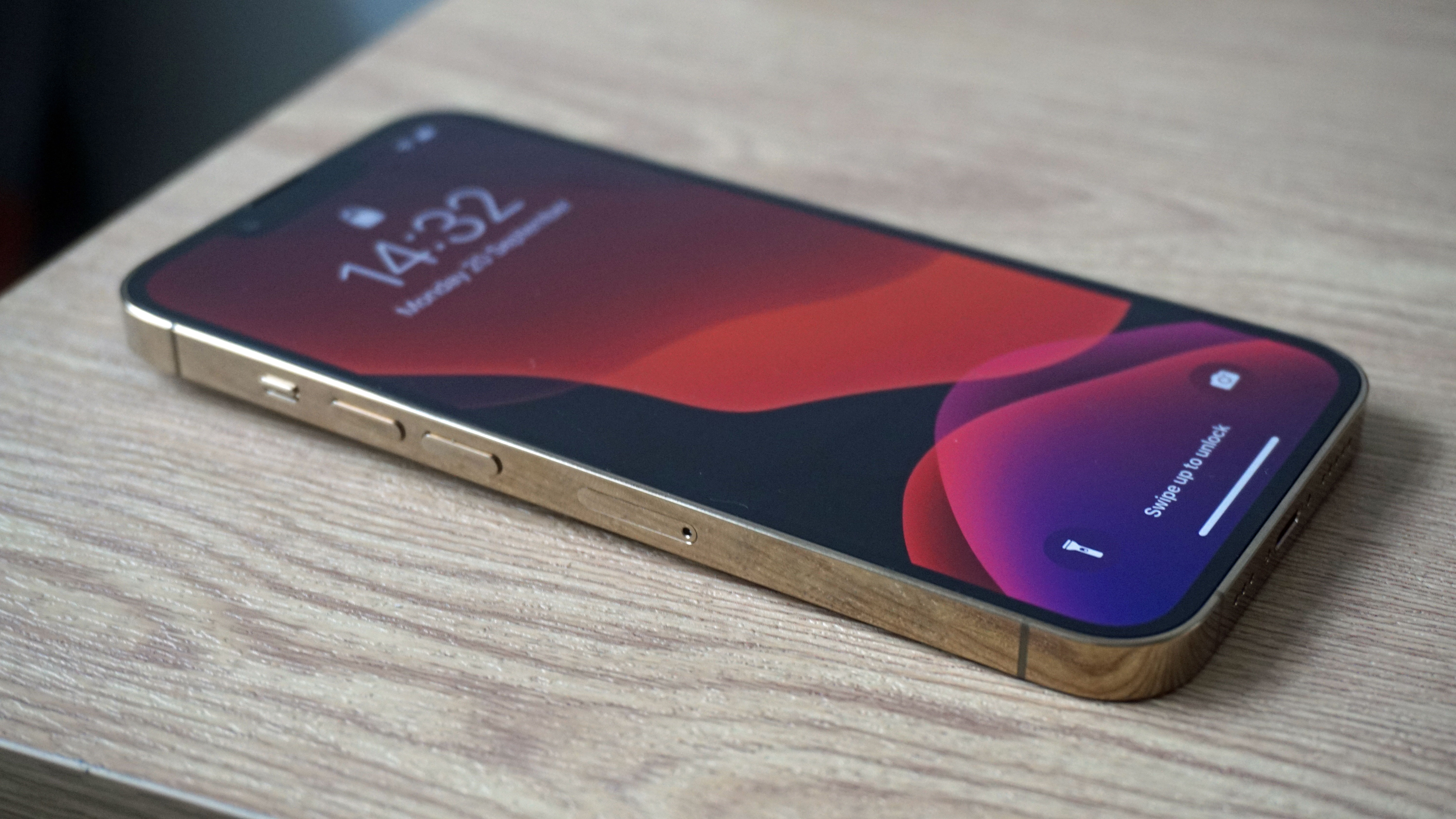
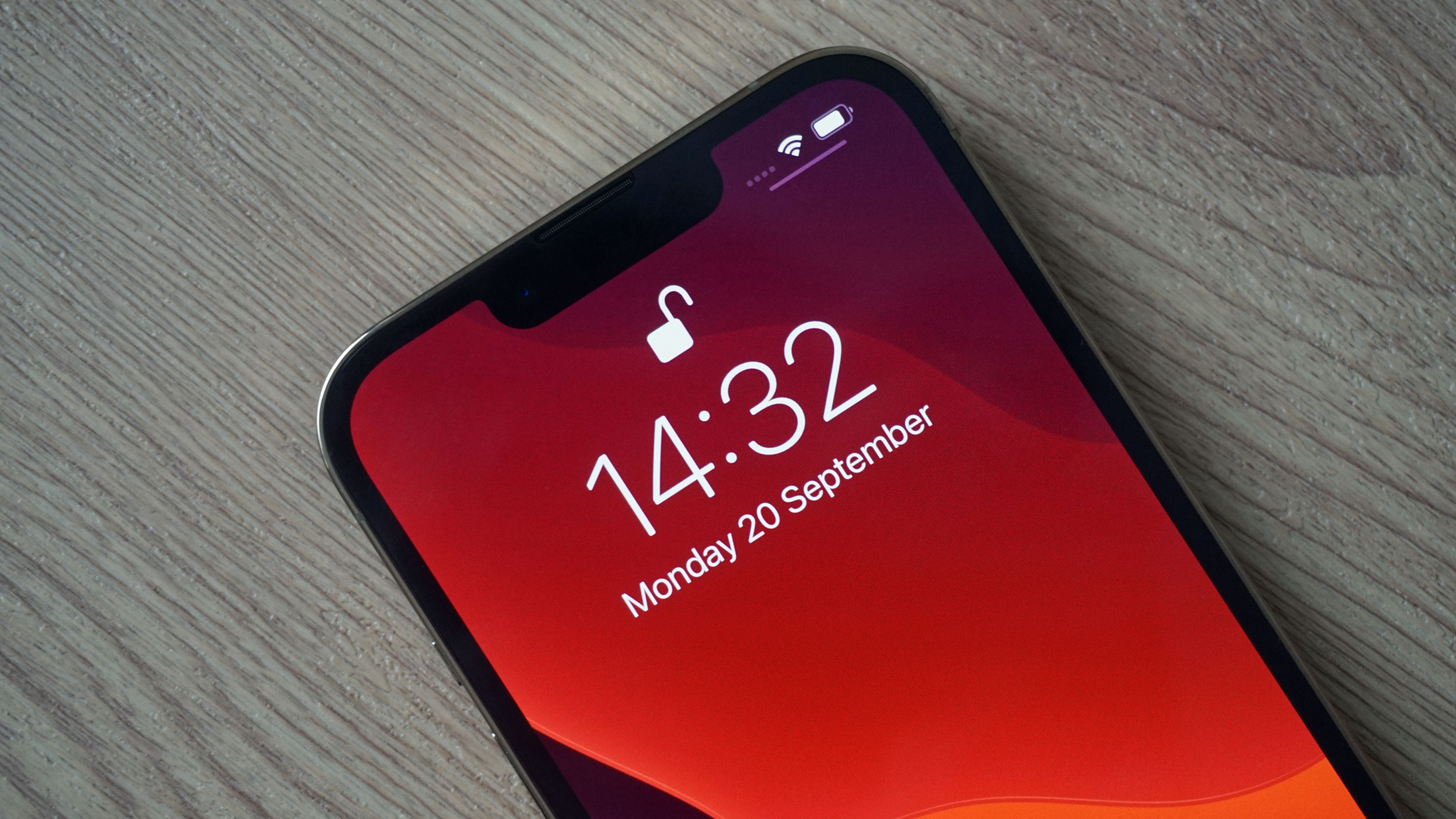
The idea here is to save on battery life when you’re using apps that don’t benefit from the high refresh rate. We’ve found the new screen tech works well so far, but we’ll bring you our more considered thoughts in our full review.
Apple has also reduced the size of the notch on the iPhone 13 Pro. No, there’s still no under-display camera, but the notch here is 20% smaller, meaning you’ve got a little more screen real estate to work with.
Every little helps, but it’s something you’re unlikely to notice unless you hold this phone up next to last year’s model – don’t expect to be wowed by the size of the notch as you take your new iPhone out of the box.
Camera and battery
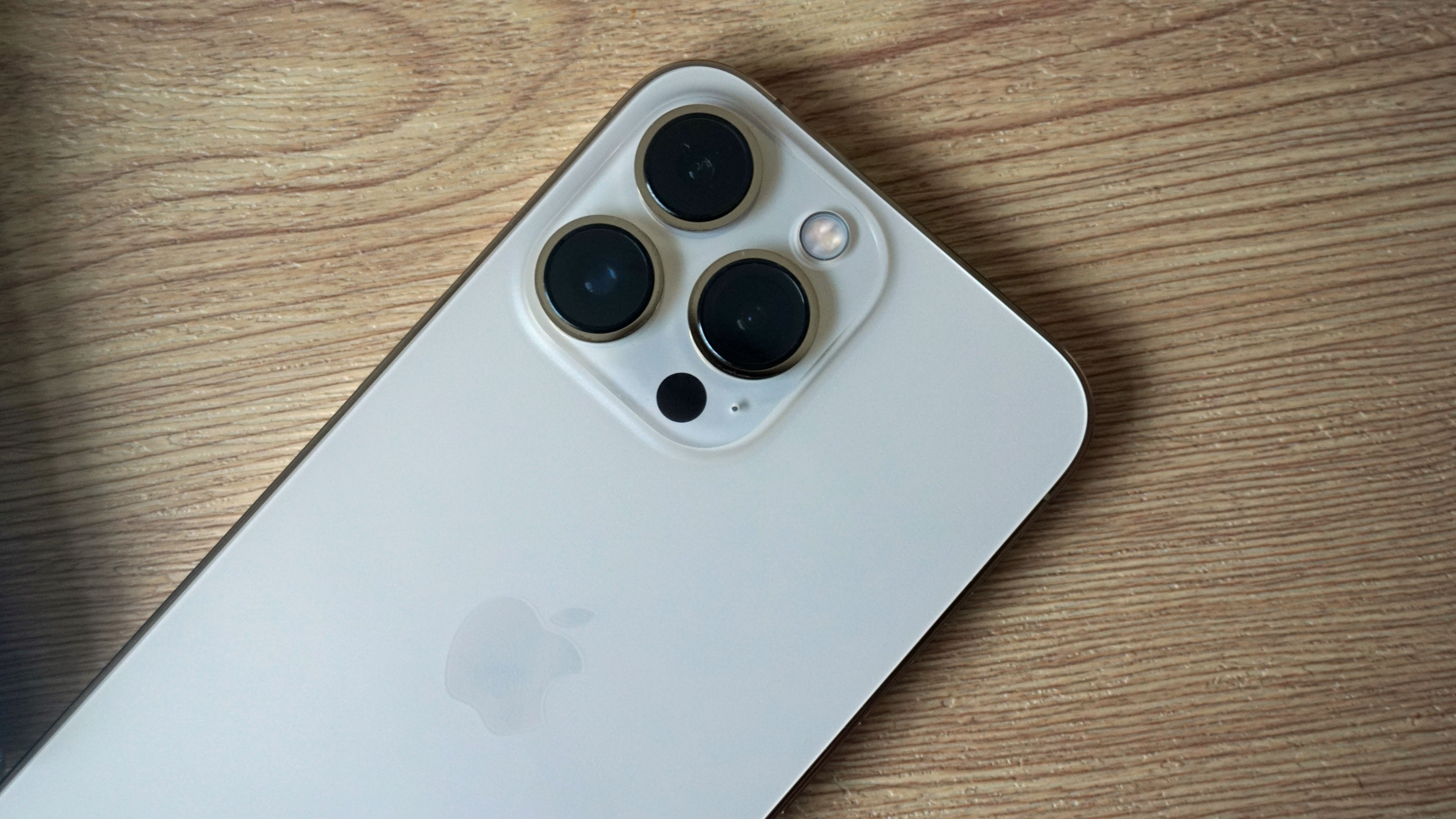
The camera setup on the iPhone 13 Pro comprises three 12MP shooters: the primary wide camera with an f/1.5 aperture, a telephoto camera with f/1.8 aperture that’s capable of 3x optical zoom, and an ultra-wide camera with an aperture of f/1.8 and 120-degree field of view.
There’s also a 3D LiDAR scanner element, which is used to measure depth and improve elements like the bokeh effect where Portrait mode will blur the background around a subject.
We’ve yet to try out the various camera modes and features on the iPhone 13 Pro extensively, but we have used the new macro mode on the iPhone 13 Pro Max and we were impressed by it.
We’ve also yet to properly test the battery life of the iPhone 13 Pro, but Apple says it’s improved over what we saw on the iPhone 12 Pro, and good for up to 22 hours of video playback.
We’ll be sure to push the iPhone 13 Pro to its limits during our full review process to give you a fuller idea of its battery performance
The phone supports fast charging up to 20 watts (depending on what type of charger you use), which should be able to charge the phone from empty to full in just an hour.
That’s not the fastest charging we’ve seen in a smartphone – some of the latest Android handsets are hitting 120W or even faster – but it’ll be fine for most users. Note, though, that there’s no charger in the box as Apple continues to wage war on e-waste, so you’ll have to purchase a charger or use an existing one.
There’s also wireless charging on the iPhone 13 Pro at up to 15W when using Apple’s MagSafe chargers, or up to 7.5W with standard Qi wireless charging pads.
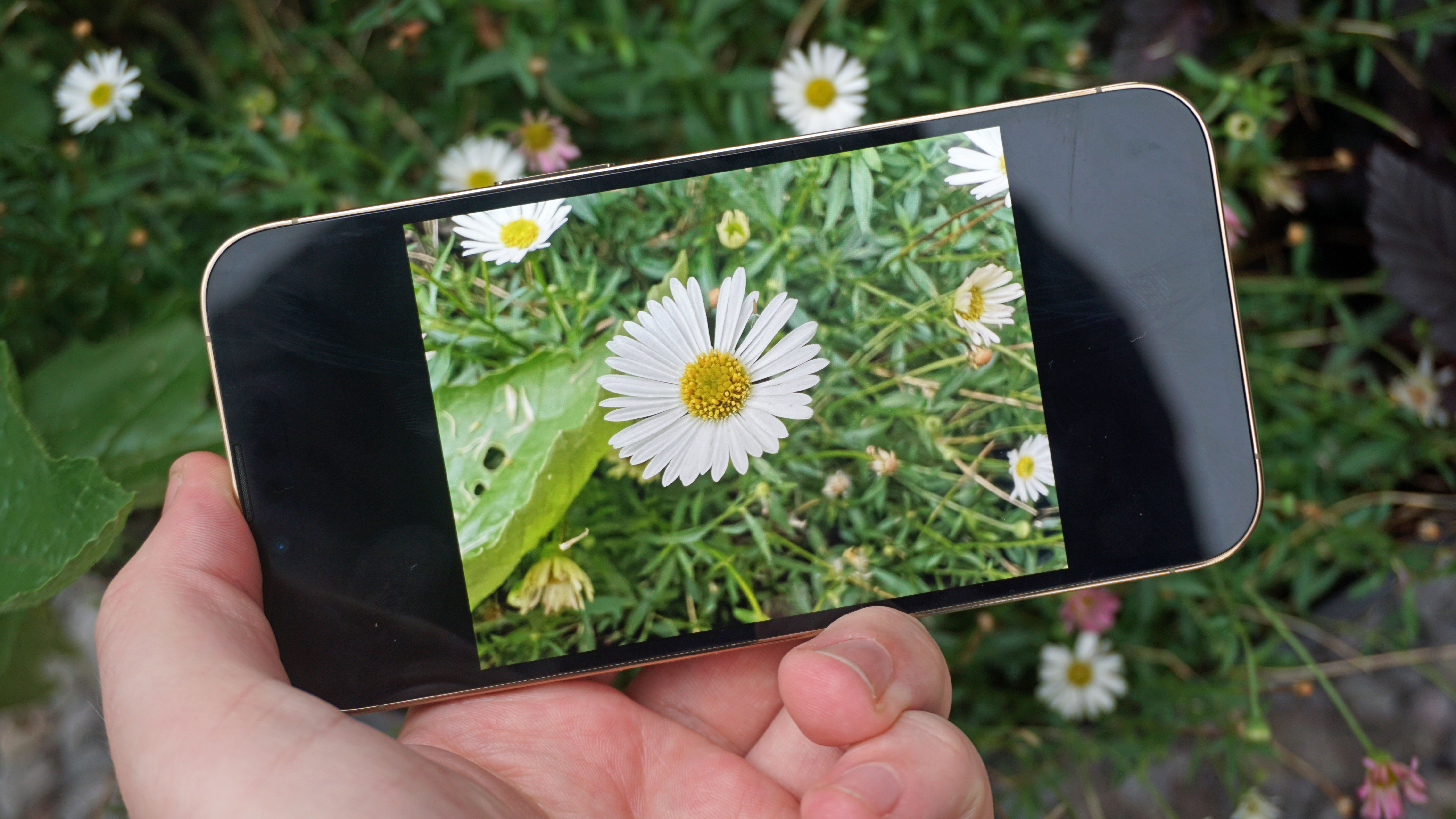
Specs and performance
Like all the new iPhones, the iPhone 13 Pro runs on Apple’s A15 bionic chipset, which the company claims is the best on the market right now.
We’ve yet to properly put the processor through its paces in the iPhone 13 Pro, but we have fully tested the iPhone 13, and we found that the chip delivered fantastic performance on that phone, with apps loading instantaneously and games running smoothly, even if you’re unlikely to notice much difference from an iPhone 11 or iPhone 12.
You’ve got the choice of 128GB, 256GB, 512GB or 1TB of storage on the iPhone 13 Pro. We wouldn’t recommend going for the 1TB option unless you really think you need that extra space – for example if you shoot a lot of video – and many users could find 128GB a bit limiting, but most people will be well served by either or those two middle options.
The iPhone 13 Pro is 5G-ready, and you’ll be able to use the next-gen connection standard as long as your plan supports the technology and you’re in an area that has coverage.
Early verdict
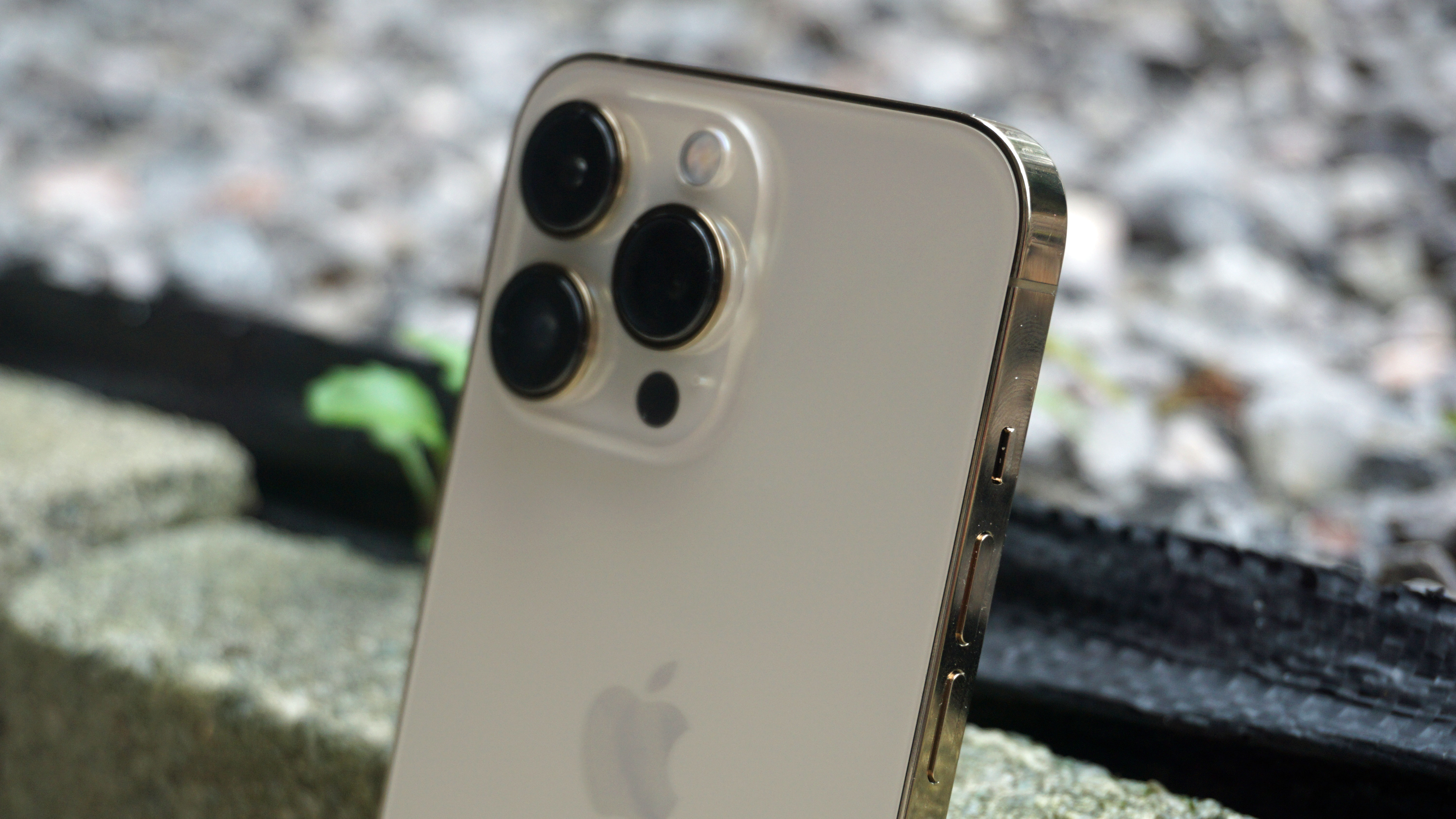
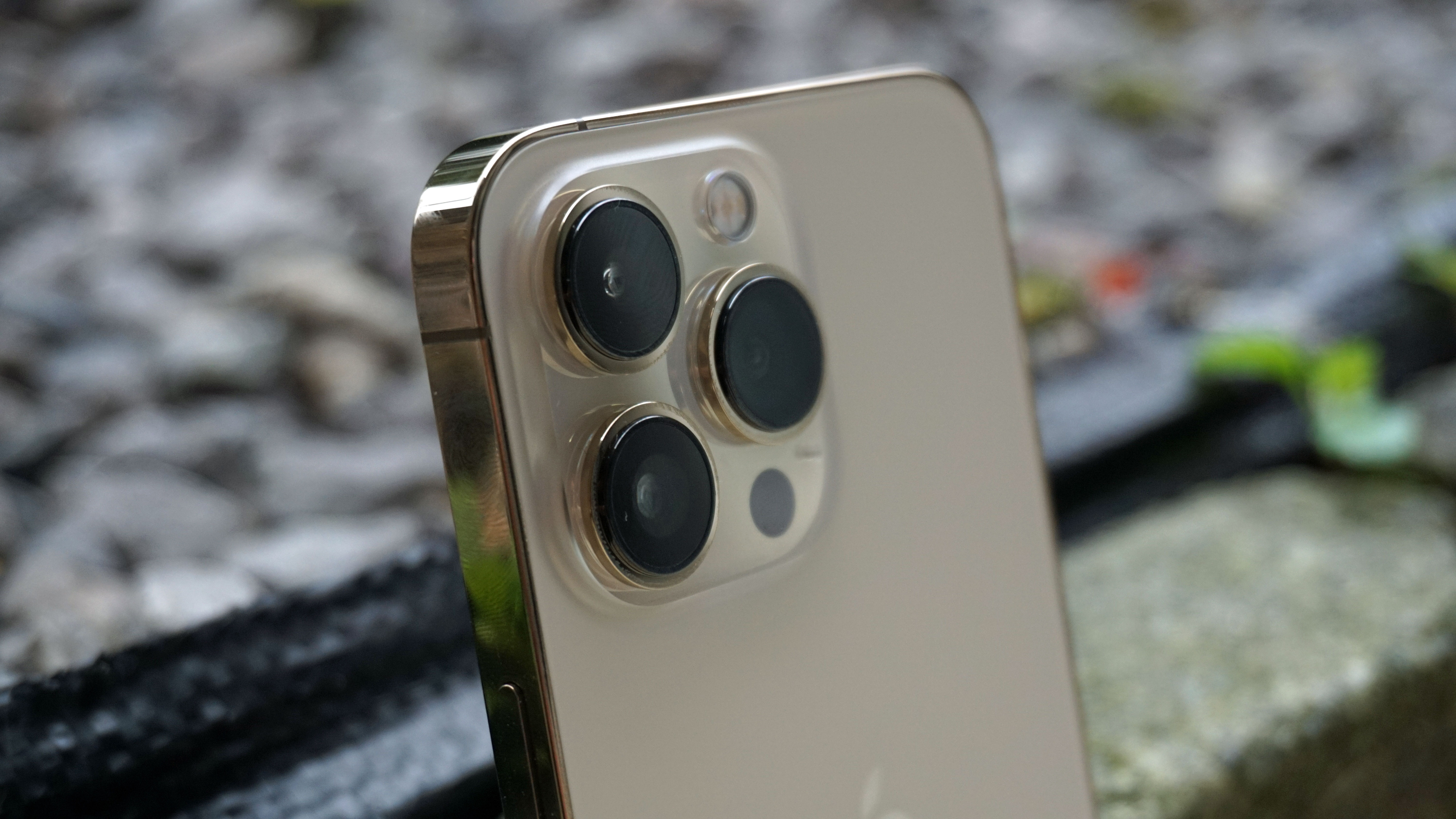
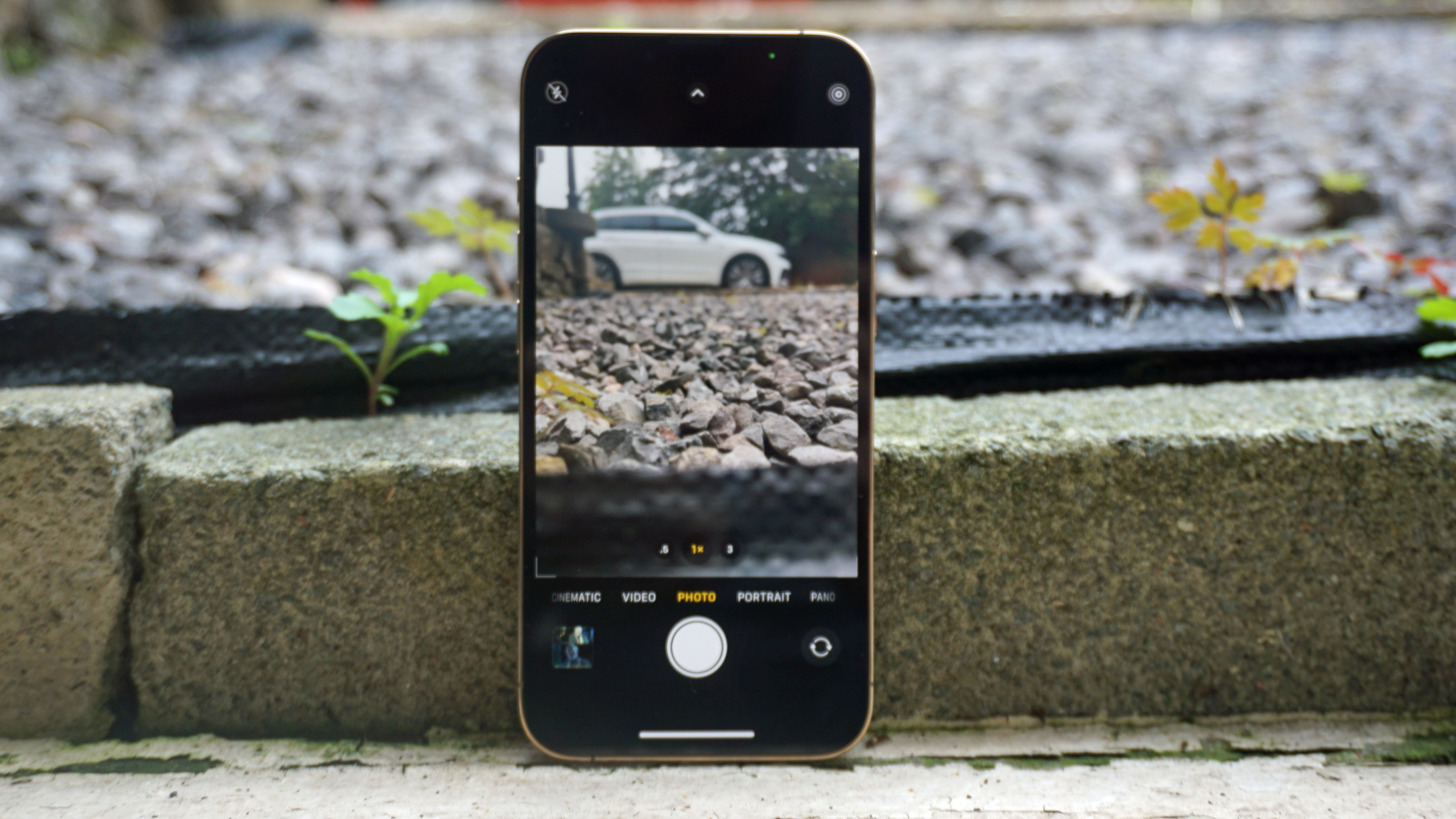
The iPhone 13 Pro isn’t a huge step up from the iPhone 12 Pro, but if you own an older iPhone you may find that this is the best handset for you to upgrade to in 2021.
The iPhone 13 Pro Max has more to recommend it if you like a larger phone, while the iPhone 13 is there for those who want something a touch cheaper. If you’re somewhere in the middle of those two handsets, the iPhone 13 Pro looks to be a strong choice – if not a particularly exciting handset in terms of design and new features.
0 comments:
Post a Comment